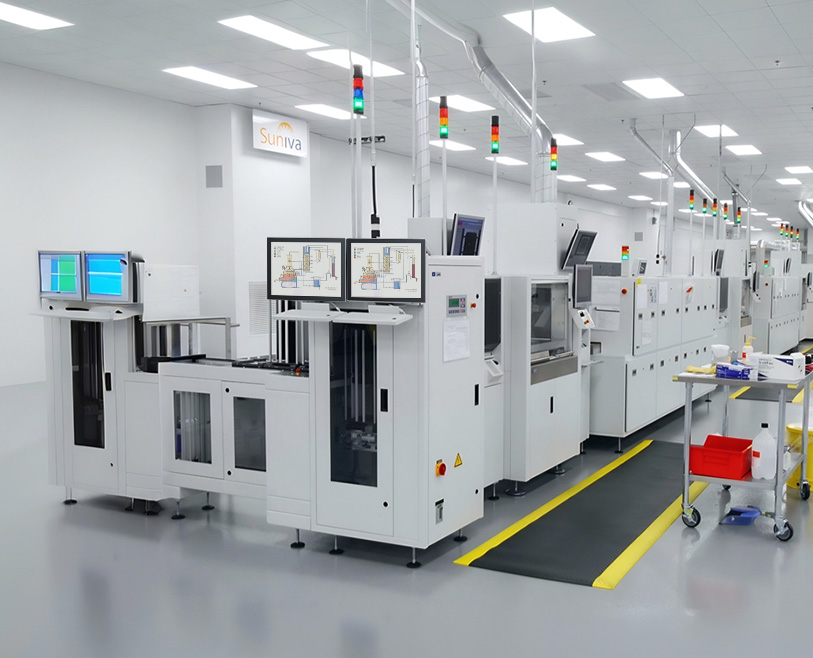In factory settings, where every minute of downtime translates to lost production and revenue, a malfunctioning Industrial Touchscreen Panel can bring workflows to a grinding halt. These panels are the nerve centers of modern manufacturing—controlling machinery, displaying real-time data, and enabling operators to adjust processes on the fly. From unresponsive touch inputs to blank screens, even minor issues can disrupt entire production lines, especially in high-volume environments. Yet, many factory teams lack clear troubleshooting protocols, leading to delayed repairs and unnecessary downtime. This guide will walk you through the most common Industrial Touchscreen Panel problems, step-by-step fixes, and preventive measures to keep your panels running smoothly—ensuring your factory stays productive.

Common Industrial Touchscreen Panel Issues and How to Fix Them
Most problems with Industrial Touchscreen Panels have straightforward solutions when addressed promptly. Here’s how to diagnose and resolve the top issues:
1. Unresponsive or Erratic Touch Input
This is the most frequent issue in factories, often caused by environmental factors or calibration errors:
Check for debris: Dust, oil, or moisture on the screen can block touch sensors. Power off the panel, then wipe the screen with a dry microfiber cloth. For stubborn oil, use a cloth dampened with 70% isopropyl alcohol.
Recalibrate the touch function: Most panels have a built-in calibration tool in the settings menu. Follow on-screen prompts to align touch points—this fixes misalignment from vibrations or temperature changes.
Inspect for physical damage: Cracks or scratches on resistive panels can cause unresponsiveness. If damage is visible, replace the screen (critical for high-use areas like assembly lines).
2. Blank Screen or No Power
A dark screen usually points to power or connection issues, not a failed panel:
Verify power supply: Check if the panel is plugged in securely. Test the outlet with another device to rule out electrical problems. If using a power adapter, ensure it’s not damaged (look for frayed cords).
Check data cables: Loose or damaged HDMI, VGA, or Ethernet cables can cut off communication with the control system. Unplug and reinsert cables, or swap in a spare to test for faults.
Reset the panel: Power off the panel, wait 30 seconds, then restart it. This resolves temporary glitches from overheating or software errors.
3. Flickering Display or Distorted Images
Flickering often stems from signal interference or hardware strain:
Move away from interference sources: Motors, transformers, or other high-voltage equipment can disrupt signals. Reposition the panel or shield cables with metal conduit.
Adjust refresh rate: In the panel’s settings, lower the refresh rate (e.g., from 60Hz to 50Hz) to reduce strain on the display driver—common in older panels.
Check for overheating: If the panel feels hot, ensure vents are not blocked. Clean dust from fans (if equipped) or add a cooling fan nearby to prevent thermal shutdowns.
4. Error Messages or Software Failures
These issues relate to compatibility or corrupted software:
Note the error code: Look up the code in the panel’s user manual (e.g., “E102” may indicate a communication failure with the PLC).
Update firmware: Manufacturers release updates to fix bugs. Download the latest firmware from the supplier’s website and install it via USB.
Factory reset: If software issues persist, reset the panel to default settings (back up critical data first, as this will erase custom configurations).
Preventive Measures to Reduce Industrial Touchscreen Panel Issues
Proactive steps can minimize (failures) and extend panel lifespan in factory environments:
1. Regular Cleaning and Inspection
Daily: Wipe screens with a microfiber cloth to remove dust and oil—build-up increases touch errors.
Weekly: Check cables for tightness and signs of wear. Inspect panel housings for cracks or water damage (critical in wet areas like food processing).
2. Optimize Operating Conditions
Temperature control: Keep panels away from heat sources (e.g., furnaces) to prevent overheating. Maintain workshop temperatures within the panel’s rated range (typically -10°C to 60°C).
Vibration reduction: Mount panels on shock-absorbing brackets in high-vibration areas (e.g., near stamping machines) to prevent loose connections.
3. Staff Training on Proper Use
Train operators to avoid pressing screens with sharp tools (use soft styluses instead) and to report minor issues (e.g., occasional flickers) before they escalate.
Create a troubleshooting checklist for common issues, so teams can resolve problems quickly without waiting for technicians.
FAQs About Industrial Touchscreen Panel Troubleshooting
Q1: How do I know if an issue is with the Industrial Touchscreen Panel or the connected machinery?
A1: Test the panel with a different device (e.g., a spare PLC) to see if problems persist. If the panel works with the spare, the issue is likely with your machinery’s communication system.
Q2: Can I repair a cracked Industrial Touchscreen Panel, or do I need to replace it?
A2: Cracked panels (especially resistive ones) rarely repair well—touch sensitivity will remain inconsistent. Replace the screen to avoid ongoing issues, especially in high-volume production.
Q3: How often should we calibrate Industrial Touchscreen Panels?
A3: Calibrate monthly in standard environments; weekly in high-vibration or temperature-fluctuating areas (e.g., automotive paint shops). Always calibrate after cleaning or moving the panel.
Q4: What’s the average lifespan of an Industrial Touchscreen Panel in a factory?
A4: With proper maintenance, 5–7 years. Panels in harsh environments (e.g., dusty foundries) may last 3–5 years, while those in controlled settings can exceed 7 years.
Quick and effective troubleshooting of Industrial Touchscreen Panels is critical for minimizing factory downtime and maintaining productivity. By addressing common issues like unresponsive touch or power failures with the steps outlined above, and adopting preventive measures, you can keep your panels operating reliably.
If you’re facing persistent issues with your Industrial Touchscreen Panels (e.g., recurring errors, unresolvable software glitches) or need help creating a custom troubleshooting plan for your factory, fill out the form on our website. Our technical team will analyze your setup, identify root causes, and provide tailored solutions—helping you reduce downtime and keep your production lines running smoothly.

